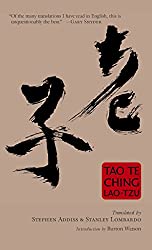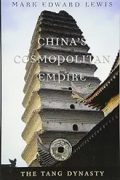
Rating: 7.7/10.
Summary
Book by an American journalist, about the history of modern Tibet, from the 1950s until today. The book focuses on the Ngaba region in Sichuan, which was famous recently for its political activism and monks setting themselves on fire. Ngaba (also called Aba) is technically in the province of Sichuan, but most Tibetans come from Qinghai and the western part of Sichuan, not just Tibet proper. The book is told from the perspective of Princess Gonpo of the Mei kingdom in the first half, and friends and family of the self-immolated monks in the second half.
Before the Chinese invaded in the 1950s, Ngaba was part of the Mei kingdom. During the Long March, the communists entered the kingdom and overpowered the Tibetans; as they were starving, they raided the Buddhist monasteries and discovered that the Buddha statues were made of flour and were edible, hence the title “Eat the Buddha“. The real calamity was in 1958, when the communists subjugated Tibet, forcing everyone into communes, which resulted in mass starvation at the same time as the Great Leap Forward. Buddhist monasteries were destroyed and the Dalai Lama fled to India.
Soon after, the Cultural Revolution happened, and Princess Gonpo, despite having perfect socialist Chinese values, was singled out as a daughter of a king and sent to exile in Xinjiang. After a few years of forced labor, she settled in Nanjing, then moved to the exiled Tibetan community in Dharamshala, in India. Here, the Tibetans enjoyed religious freedom, with a lot of Tibetans making a dangerous overland journey to reach India. This was necessary since the Chinese denied passports to leave the country.
In 2008, a peaceful demonstration in Ngaba turned violent and about 20 Tibetans were killed. The Chinese treated the Tibetans unfairly, making arbitrary arrests and placing everyone under heavy surveillance; anyone found with a picture of the Dalai Lama was persecuted. Young Tibetans were fed up, and starting in 2011, a string of monks set themselves on fire as a form of non-violent protest. This was successful in attracting a lot of western media attention.
Thoughts
Overall, an insightful look into how China treats its minorities. The implicit social contract is that the government provides you with economic growth and material wealth, but in return, you must follow the social order, and differences in ideology / religion will not be tolerated. The book paints a bleak future for the Tibetans in China, who will continue to experience forced assimilation into Chinese culture and gradually lose their identity and language.



